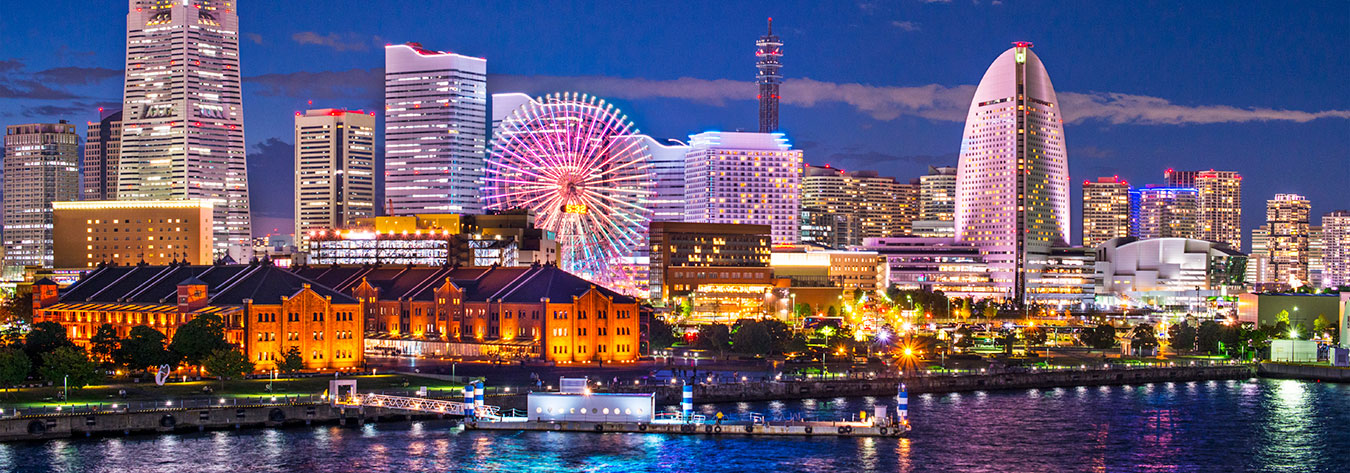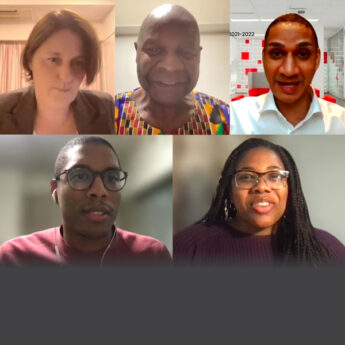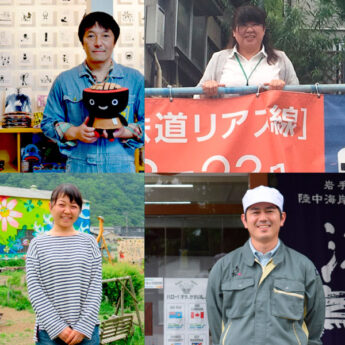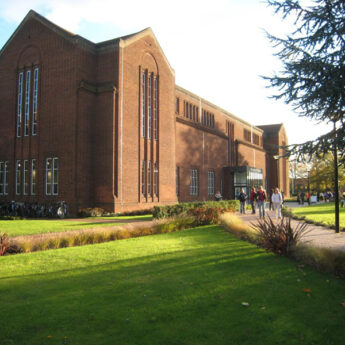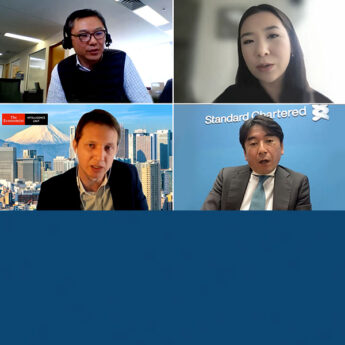- Need to close gap between people’s perception and actions
- Tourism now considered an important industry
- Work underway to ensure locals are ready for tourists
Promote regional gems: that is one of the strategies being adopted by the Japan National Tourism Organization (JNTO) to attract more inbound visitors. The approach is in striking synergy with plans, unveiled by VisitBritain in February, encouraging tourists to get off the beaten track and explore the length and breadth of the UK. Ryoichi Matsuyama, president of JNTO, wants tourists to journey beyond the “Golden Route” of Tokyo and Kyoto.
“We have so many hidden treasures across Japan as you know, but they are not so well promoted or understood”, Matsuyama told the audience at a BCCJ luncheon on 9 June at the ANA InterContinental Tokyo hotel. “We have to cultivate hidden regional tourism resources”.
This push will include increasing promotion of the country as a skiing and snowboarding destination, due to its quality powder snow.
Part of the reasoning behind this strategy, said Matsuyama, is to provide relief for hotels in Tokyo, Osaka and Kyoto, which currently have an occupancy rate of more than 80%.
This may be attributed to a 29% year-on-year increase in inbound visitors in 2014 and a 44% increase in the first quarter of 2015 over the same period last year.
While Matsuyama said that there is appeal in omotenashi (spirit of hospitality), tradition, Cool Japan, nature, good value and accessibility, more needs to done to close the gap between Japan’s rank of second in the world for tourism brand and 22nd in the world for visitor numbers.
“I want to make everybody think ‘Let’s go to Japan now’. This is the mission of JNTO”, he said, pointing out that most people want to visit Japan “someday” but are put off because they consider it to be expensive, far away and difficult to navigate due to the language barrier.
He pointed out that, since the devaluation of the yen, holiday outlays in Tokyo are two thirds those in London. Moreover, there is a network of 18,000 authorised shops offering tax refunds. Work is also underway to expand the availability of free Wi-Fi and offer English-language support through tourist information centres, volunteer guides and signage.
“For Japanese, tourism was not considered an important industry until [Prime Minister Junichiro] Koizumi’s time”, Matsuyama said. “The administration [of Prime Minister Shinzo Abe] now understands tourism and is promoting it as one of the key industries for Japan”.
The Tokyo 1964 Olympic and Paralympic Games showed the restoration of Japan following World War II and gave hope to Japanese people, Matsuyama said. Now Tokyo 2020 presents an opportunity to change Japan into a tourism-orientated country and the UK can help by sharing the secrets of its success in delivering London 2012.
“We would like to know the lessons and knowhow of the Olympics and VisitBritain is ready to transfer that to Japan”, he said.
The relationship between the bodies was strengthened in September 2014 with the signing of a memorandum of understanding for the mutual exchange of experience and information in the field of tourism, with the aim of increasing the number of visitors travelling between Japan and the UK. In 2014, 220,000 British visitors holidayed in Japan. Meanwhile 222,000 Japanese went to the UK, marking a decrease of 1.3% on the previous year, although spending reached £226mn, for a year-on-year increase of 6.2%.
Through Tokyo 2020, Matsuyama hopes to provide a successful model while improving the strength of the Japan brand. Domestically, he wants to increase awareness of tourism as a key industry, involve the regions and show the volunteer spirit demonstrated since the Great East Japan Earthquake.
In addition to Tokyo 2020 and regional promotion, JNTO’s strategy to achieve a tourism-orientated society has four pillars: expansion of the inbound market; simplification of entry procedures; strengthening of meetings, incentives, conferences and exhibitions; and promotion of a welcoming environment.
“We should emphasise the quality of tourism”, Matsuyama said. “Visitors should come here and be satisfied, which creates the mood to come back again”.
Matsuyama said work is underway to change people’s mentality so they are ready to welcome inbound visitors. While 34% of travel consumption in France and 47% in South Korea are international, Japan’s total is 7%. Supporting ryokan—which have a 50% occupancy rate—to cater for, and promote their business to, foreign tourists could be one way to ease demand on hotels, promote the regions and give foreign tourists the traditional experience they want.
